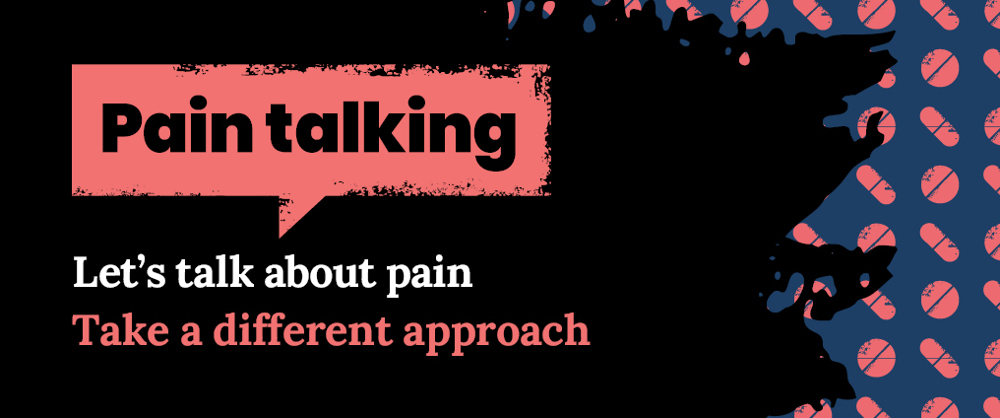
This information has been developed to supplement the information the doctor or healthcare practitioner has already given you.
Date of Issue: March 2025
Review Date: March 2026
If the review date has passed, the content will apply until the next version is published.
What is Menthol in Aqueous cream?
Menthol in aqueous cream can help to relieve pain in the area that it is applied. It is also used to treat itching.
It can be used for the treatment of pain where a topical treatment is preferred. Over time, it can reduce the sensitivity of the nerves in the area and therefore reduce your pain.
It is available in different strengths 1% or 2% are the mostly commonly used in pain management.
How to use Menthol in Aqueous cream
- Apply a thin layer of cream into the affected area.
- Apply up to four times a day, as required.
- Rub in gently and thoroughly.
- Wash your hands immediately after applying.
- A cooling effect or tingling may be felt within minutes of putting it on.
- If the sensation becomes too strong, put less on the next time.
- Stop using if it becomes too uncomfortable.
How long should I use Menthol in Aqueous cream for?
It may take several weeks of regular use to get the maximum improve in your pain. Try regular use for at least 4 weeks to see if it improves your pain.
The cream should be continued for as long as is required and continues to help your pain.
Precautions
- Do not use if you have an allergy to menthol.
- Do not to apply the cream to any wounds or to your eyes.
- If you do get the cream in your eyes, then rinse your eye well with lukewarm water.
- Do not put the cream on inflamed, broken or infected skin or to wounds.
- You do not need to wash off the cream but wipe away any excess.
- Do not swallow this medicine. Seek medical attention if you accidently swallow menthol in aqueous cream.
- Store at room temperature with the lid tightly closed.
- Stop using the cream if any skin sensitivity occurs.
Are there any side effects?
All medicines can cause side effects, but not everyone will get them. Read the patient information sheet with your prescription.
As the cream is applied directly to the painful area only a small amount reaches the rest of the body. It is therefore considered a safe medicine and side effects are rare.
Medication in chronic pain
The benefit from taking medication should always be more than any side–effects you may have. Only you
- know how bad your pain is
- are able to say if your medicine is helping
- know what side effects you are having
Getting the best effect from your medication may be a matter of trial and error. It may help to keep a diary of your pain and other symptoms. Side effects often become less once you have been on a medicine for a few days. It may be several days or weeks before you notice that a new medicine is making a difference.
Please read the patient information sheet given with each medication. It will give you more information about the medicine and any side effects.
You can discuss your pain medication with your doctor, pharmacist or pain specialist. They can give you advice on which pain medicines may help and they can help you find the best way to take your medicines. They can advise you on putting your dose up safely if your pain is worse and on taking less medication safely when your pain is less.
If your medicine is not helping you may not need to take it. Please talk to your doctor or pharmacist first. Some pain medicines should not be stopped suddenly.
Do not share or take other people’s medication. Always advise your doctor, pharmacist or pain specialist about any other medication or products you are taking for chronic pain including things bought from the pharmacy, herbal supplements or non- prescribed medicines.
Understanding how your medications work may help you to get the best pain relief from it with the least side-effects.
Accessible formats
If you require this information in a community language or alternative format such as Braille, audio, large print, BSL, or Easy Read, please contact the Equality and Human Rights Team at: email: fife.EqualityandHumanRights@nhs.scot or phone 01592 729130. For people with a hearing or verbal impairment you can also contact the team through the NHS Fife SMS text service number on 07805800005.
